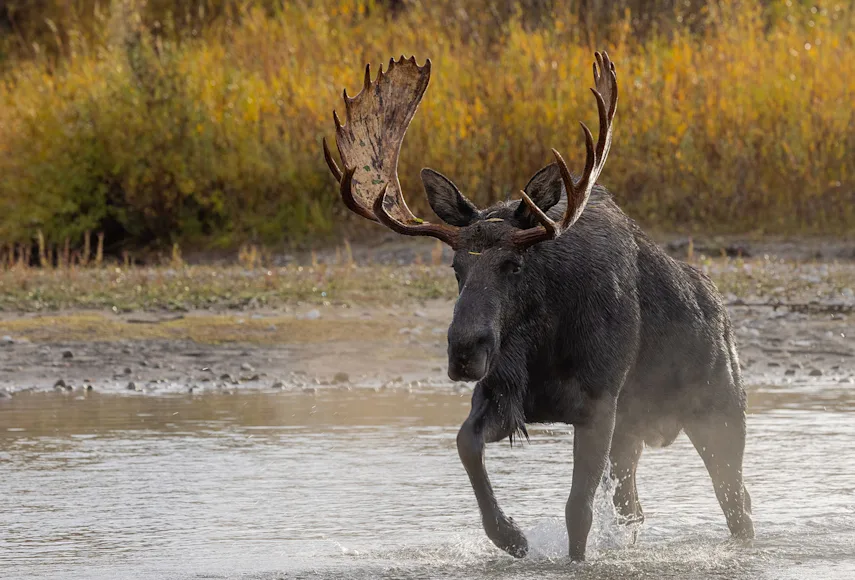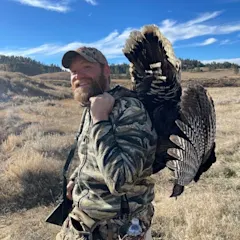A Wyoming moose died during a rare anthrax outbreak late last month, according to a recent press release from the Wyoming Game and Fish Department (WGFD). The case marks the first recorded instance of a Wyoming game animal contracting and dying from the naturally occurring bacterial infection since 1956, and WGFD is urging hunters to take special precautions.
It's not immediately clear how the dead moose got infected with anthrax, though the bacterial organism known to exist in Wyoming soils; and it can persist in a dormant state for decades. Anthrax was also detected in approximately 50 to 60 head of cattle in the same general area—near Elk Mountain in Carbon County, Wyoming.
Anthrax outbreaks tend to spring up after periods of heavy rain and flooding that follow a prolonged drought. Those conditions were present in Carbon County during the recent anthrax outbreak, Wyoming's state veterinarian told Cowboy State Daily.
According to Dr. Hallie Hasel, anthrax is a zoonotic disease, meaning it can jump the species barrier and infect humans in some circumstances. "Anybody that thinks they have been exposed to a carcass of an animal that may have died of anthrax, whether it be a cow, horse, moose, or deer, they need to contact the Wyoming Department of Public Health or their medical provider as soon as possible,” Hasel told the local news outlet.
WGFD says elk and pronghorn antelope are also susceptible to anthrax infection. "It is most commonly seen in herbivores, including cattle, deer and bison," the WGFD press release states. "Carnivores tend to be less at risk and may display higher resilience to the disease."
According to Hasel, anthrax outbreaks like this tend to stay in "localized regions," and spread is usually minimal. But she said the current outbreak could continue until weather condition change.
Read Next: Fly Fishermen Protest Regulation Changes in New Hampshire
WGFD is advising hunters in the area not to approach, handle, or move wildlife or cattle carcasses, including dead heads. Don't harvest animals that look to be exhibiting potential anthrax symptoms, like labored breathing or disorientation. Wear rubber gloves when field dressing big game, and if you do spot dead or sick wildlife "note the location or take a GPS pin and report findings to Game and Fish."


